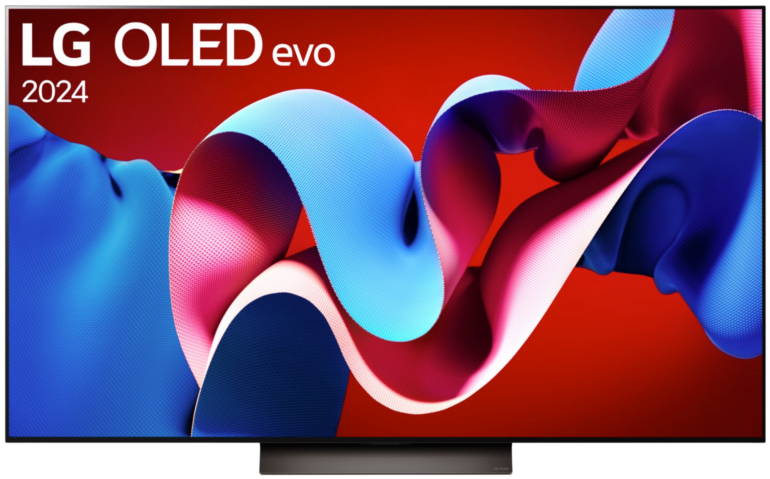Philips TV Lineup 2023 Comparison
| Image | Series | Panel Panel Type | Sizes Available sizes | Resolution | |
|---|---|---|---|---|---|
| OLED Lineup | |||||
 | OLED708/12 Midrange TV | OLED | 48", 55", 65" | UHD 4K | |
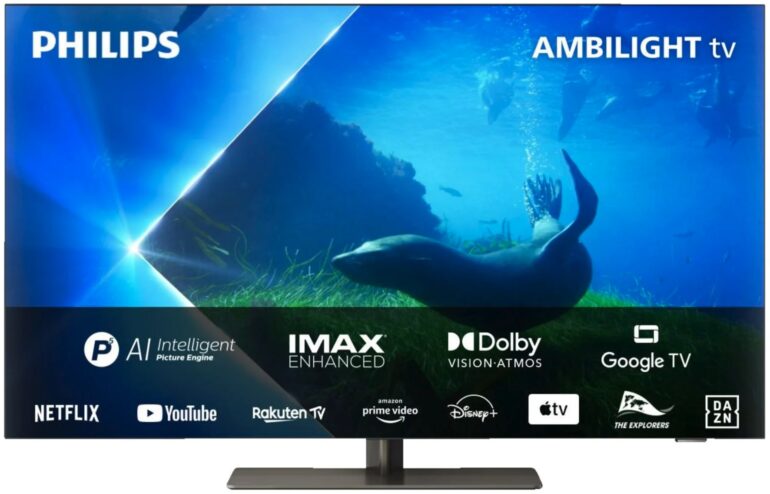 | OLED808/12 Upper Midrange TV | OLED (42", 48") OLED.EX (55", 65", 77") | 42", 48", 55", 65", 77" | UHD 4K | |
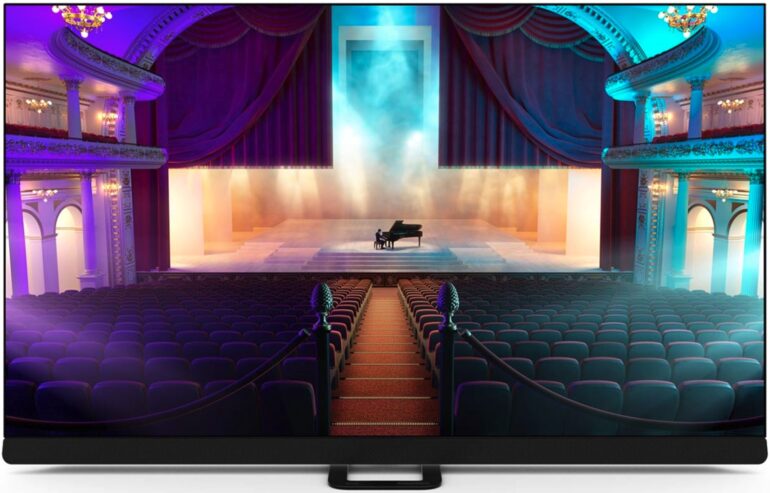 | OLED908/12 Premium TV | OLED.EX + MLA | 55", 65", 77" | UHD 4K | |
| LED Lineup | |||||
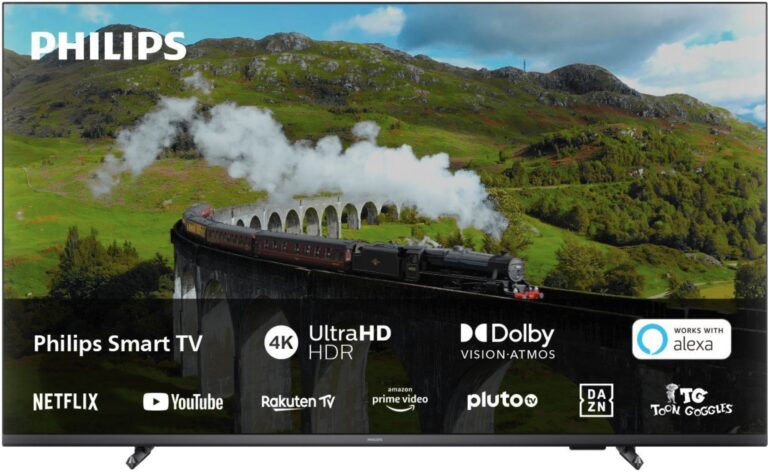 | PUS7608/12 Low Budget TV | IPS (43", 55", 65") VA (50", 75") | 43", 50", 55", 65", 75" | UHD 4K | |
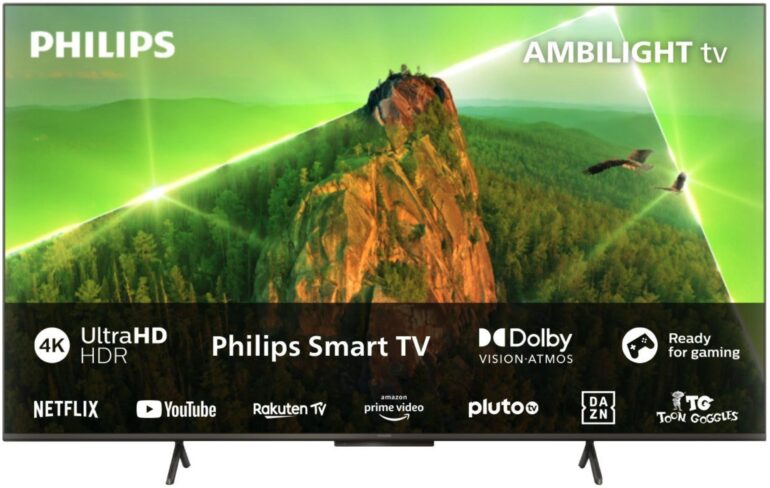 | PUS8108/12 Budget TV | IPS (43", 55", 65", 75") VA (50", 70") | 43", 50", 55", 65", 70", 75" | UHD 4K | |
| The One Performance | |||||
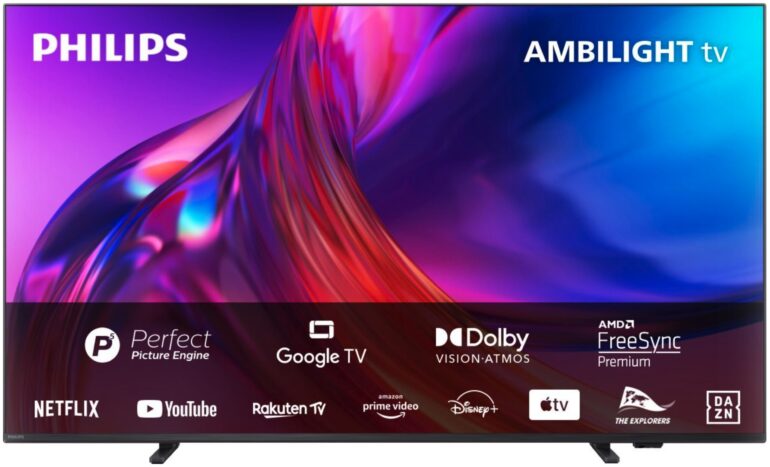 | PUS8508/12 The One Entry Level TV | VA (43", 50") IPS (55", 65") | 43", 50", 55", 65" | UHD 4K | |
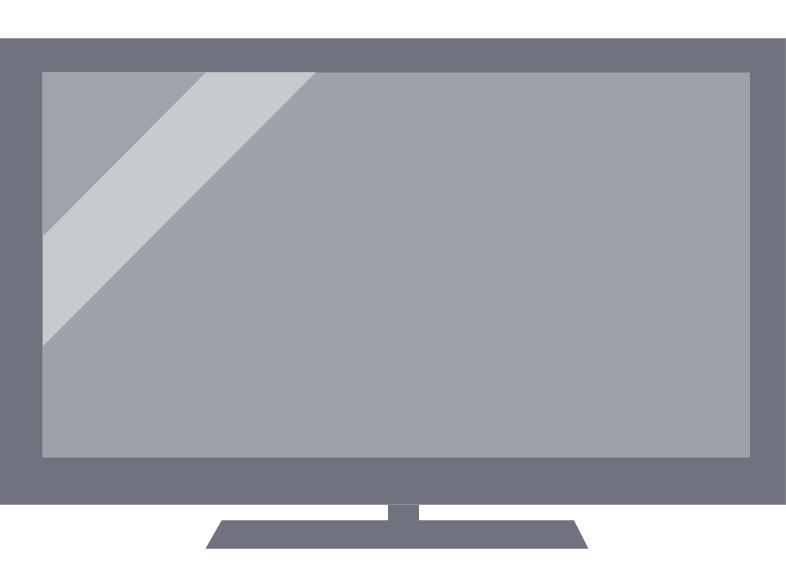 | PUS8808/12 The One Entry Level TV | VA (43", 50", 85") IPS (55", 65", 75") | 43", 50", 55", 65", 75", 85" | UHD 4K | |
OLED Lineup
What characterises this product line? The OLED range of the Dutch-Chinese manufacturer has been further reduced in 2023. At the same time, the next generation of OLED panels based on MLA is now part of the portfolio. The OLED937 with its soundbar stand could not stand up to the red tint. The new top model and most advanced OLED to date is therefore the 908 series.
- Associated series:
- OLED708 Series
- OLED808 Series
- OLED908 Series
OLED708 Series
The 700 series, which has been cherished for several years, is once again the gateway to the OLED experience of Philips and thus also the most affordable model out of this product segment.
Still equipped with Ambilight, which adjusts the background from three sides to the colour on the screen, the mid-range TV inherits the features of the step-up model from the previous year in terms of peak brightness.
As with the direct predecessor, a wide selection of HDR formats has come on board and ensures more than sufficient color space diversity here. In addition, cinema lovers can once again look forward to a IMAX Enhanced Support.
The 708 also cuts a good figure when it comes to OLED gaming and offers a wide range of features out of its case that make the gaming experience even more enjoyable.
These include a 120-frames panel with dynamic frame rate and high responsiveness. Pleasing: Dolby VisionDynamic HDR-format with a color depth of up to 12 Bits and Mastering of up to 10,000 Nits gaming is now also possible with the VRRVariable Refresh Rate – synchronizes the display’s refresh rate with the output refresh rate of the graphics card function switched on and a frame rate of more than 60 hertz. USB recording for programme capture, Apple support for Smart Home operations or screen transmission via AirPlay are not available this year once again.

| Panel Type | OLED |
|---|---|
| Sizes | |
| Resolution | UHD 4K |
| HDMI | 2 x HDMI 2.0 |
| 2 x HDMI 2.1 | |
| Frequency | 120Hz |
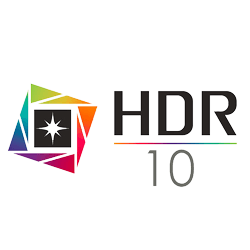

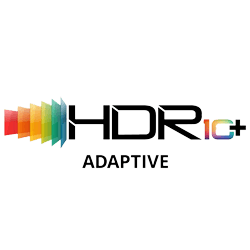



OLED808 Series
One price category above the 700 series, Philips already provides you with a model from the upper mid-range and – as last year – with the so-called OLED.EX technology for even better picture performance.
But beware: If you want to place a device with a panel from the second technology generation in your room, you should pay attention to the size. The additional performance will only be provided if the diagonal is 55 inches or larger. Below this size, you get a version without the EX Boost.
Looking at the range, it is noticeable that the Dutch-Chinese manufacturer is now also offering a size below 48 inches for the first time as part of the OLED line-up. Technically, with the OLED808 you not only get an upgrade in terms of picture performance, but also a more powerful 4.1 sound system with 70 watts of permanent output ex works.
Unfortunately, the set-up is somewhat different in the case of Ambilight. Although the next-generation variant with individual LED control introduced in 2022 is installed, it does not emit any light to the underside of the TV. When required, only three of the four sides of the housing effectively illuminate the background in colours adapted to the picture content.

| Panel Type | OLED (42", 48") OLED.EX (55", 65", 77") |
|---|---|
| Sizes | |
| Resolution | UHD 4K |
| HDMI | 2 x HDMI 2.0 |
| 2 x HDMI 2.1 | |
| Frequency | 120Hz |






OLED908 Series
Philips continues to sort out in 2023 and sends the successor to the OLED907 into the race as the new spearhead. At the same time, the manufacturer is upgrading and implementing the new MLA approach. This – now third – OLED expansion stage supplements the familiar OLED.EX technology with a large number of tiny microlenses housed in the screen. The respective panel for this – as with the smaller models in this category – continues to be provided by LG Display.
This principle – also called Micro Lens Array – aims to achieve a higher light concentration per pixel and thus increase the brightness even more. Another area that also benefits from this is the screen’s resistance to reflections – referred to as Vanta Black Polariser.
In addition to a high level of gaming suitability with all sorts of features, a sound system from Bower & Wilkins is once more setting the tone underneath the screen. The stand design of past models has not been carried over.
Unlike the step-down model of this product family, the light elements of the Next Generation Ambilight highlight the area behind the TV from all four sides. A rotating base on the 55″ and 65″ editions provides additional viewing flexibility. Furthermore, the OLED908 is Calman Ready.

| Panel Type | OLED.EX + MLA |
|---|---|
| Sizes | |
| Resolution | UHD 4K |
| HDMI | 0 x HDMI 2.0 (55", 65") 2 x HDMI 2.0 (77") |
| 4 x HDMI 2.1 | |
| Frequency | 120Hz |






LED Lineup
What characterises this product line? As part of several backlit series, Philips not only supplies the market with considerably lower-priced TVs, but also offers devices with the necessary light output for everyday use on the basis of full array and mini-LED illumination.
- Associated series:
- PUS7608 Series
- PUS8108 Series
PUS7608 Series
With the 7600 series, you get a comparatively low-priced entry in the lower budget segment on the basis of an Edge-LED and still get a few surprises in terms of specifications.
These include support for eARC for uncompressed transmission of the sound signal to compatible devices such as soundbars or home theatres. In addition, you can use the Dolby Atmos codec to bring real 3D sound into the room.
Although the 7608 is not designed to support your next-gen consoles with functions such as FreeSyncVariable Refresh Rate with AMD graphics cards or consoles, a reduced input delay or 120 frames per second, it can – within the scope of its possibilities – at least fall back on a dynamic picture rate using VRR.
On the other hand, you are mainly sacrificing connectivity when buying. Therefore, a 3.5 mm headphone jack is just as rare as Bluetooth.
Atmospheric Ambilight is also not part of the configuration. The official alternative via the Philips Hue App is not available either with this model. In terms of navigation, the new, nameless Smart OS solution based on Linux is stored in the internal memory.

| Panel Type | IPS (43", 55", 65") VA (50", 75") |
|---|---|
| Sizes | |
| Resolution | UHD 4K |
| HDMI | 3 x HDMI 2.0 |
| Frequency | 60Hz |



PUS8108 Series
You can redeem your ticket to the Ambilight universe with the 8000 series. In this context, the PUS8108, even as a budget TV, provides you with a 3-sided solution based on the conventional version, which is just as impressive despite the group control and makes the picture look much bigger.
Since Philips does not offer Hue integration for this TV, the setup cannot be expanded via the manufacturer’s app and matching lamps. If you are planning a larger arrangement, we recommend you look out at last for the 8500 series of the previous year and above.
You can communicate with Google Assistant or Alexa via a so-called far field microphone and use it to assign your voice commands. Compared to the 7600 series, the features and performance are basically on a similar level, with the only differences resulting in slightly higher energy consumption in favour of slightly better brightness values on the 8108.
Android TV has also been replaced here by the new, reduced Smart TV operating system from Philips as the control centre. Access to functions such as Play-Fi for setting up multiroom audio is therefore also omitted.

| Panel Type | IPS (43", 55", 65", 75") VA (50", 70") |
|---|---|
| Sizes | |
| Resolution | UHD 4K |
| HDMI | 3 x HDMI 2.0 |
| Frequency | 60Hz |


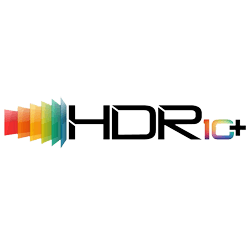


The One Performance
What characterises this product line? Branded as “The One” Performance, entry-level TVs based on Google TV are sold. Those devices offer a wider range of features and provide a comparatively low-cost route into next-gen gaming.
- Associated series:
- PUS8508 Series
- PUS8808 Series
PUS8508 Series
The basic version within “The One” family is the PUS8508 with a 60 HertzHertz is the derived SI-unit of frequency with 1Hz=1/s – When talking about TVs this means how many different pictures a TV can display in one second. panel that performs relatively well even in somewhat brighter ambient light thanks to a Direct LED backlight. In addition to three-sided Ambilight in the standard version, this model has advanced gaming features.
Besides VRRVariable Refresh Rate – synchronizes the display’s refresh rate with the output refresh rate of the graphics card support, these also include AMD FreeSync Premium, the so-called Auto Low Latency Mode to minimise the input delay on the controller and an Auto Game Mode.
If required, you can set up a multiroom setup with the help of compatible boxes via DTSMulti-channel-sound-system (Surround Sound) competing with Dolby Digital Play-Fi and configure the TV as a center speaker. With the already known Mimi Sound Personalization, Philips creates extended accessibility by adjusting the sound frequencies to your own hearing. If necessary, you can make the buttons on the remote control light up.
Dolby Atmos can be passed on to compatible audio systems via eARC without compression. Thanks to the height-adjustable stand, you can always create more space below the screen for a soundbar.

| Panel Type | VA (43", 50") IPS (55", 65") |
|---|---|
| Sizes | |
| Resolution | UHD 4K |
| HDMI | 4 x HDMI 2.0 |
| Frequency | 60Hz |






PUS8808 Series
The 8800 series takes the TV and gaming experience one step further and has a couple of extra features in the casing. For example, if necessary, the TV can send up to 120 frames per second in UHD resolution to the panel.
Therefore, the HDMI 2.1 standard with a full 48 Gbps bandwidth is available twice. Compared to the predecessor model, the brightness has also improved somewhat.
Philips has also upgraded the sound. The audio signal is now reproduced via a 40-watt system. Compared to its smaller brother, the size range offers a larger selection, including additional 75″ and 85″ versions.
A double-sided remote control with a built-in keyboard on the back is offered with the PUS8888 sales variant.
Again, the Ambilight function is limited to three sides. A Hue implementation will no longer be supported by Philips in 2023. This means that the potential for a larger light setup remains unused.
This set is also equipped with Mimi Sound for listening optimisation and DTS Play Fi for parallel control of several speakers in different rooms.

| Panel Type | VA (43", 50", 85") IPS (55", 65", 75") |
|---|---|
| Sizes | |
| Resolution | UHD 4K |
| HDMI | 2 x HDMI 2.0 |
| 2 x HDMI 2.1 | |
| Frequency | 120Hz |







